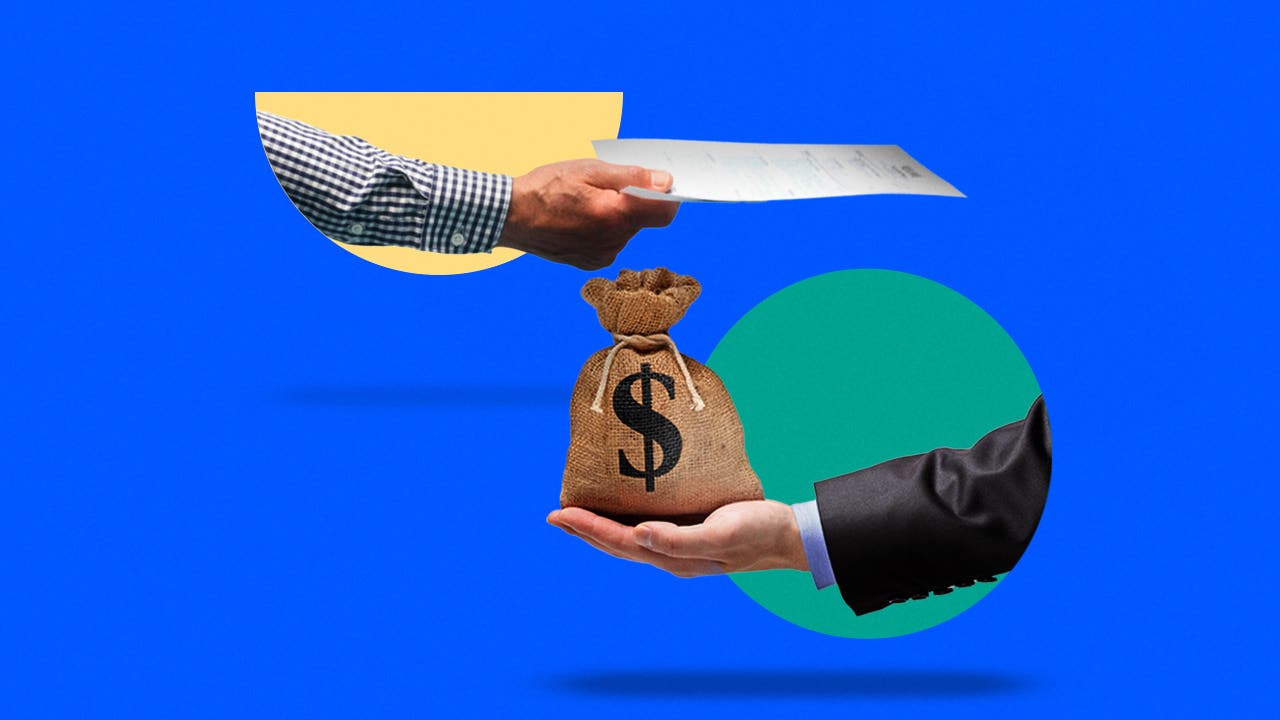What documents are required for a business line of credit?

The Bankrate promise
At Bankrate we strive to help you make smarter financial decisions. While we adhere to strict , this post may contain references to products from our partners. Here's an explanation for .
Key takeaways
- A business line of credit offers flexibility similar to a business credit card
- Each lender sets its own documentation requirements
- In addition to business documents, lenders may request documentation to confirm your personal financial health
Inflation has the potential to impact operations for many small businesses over the next year, leaving an expected 50 percent in need of credit to keep their doors open, according to PYMNTS.com.
A business line of credit can be a powerful tool for entrepreneurs looking to build or expand their businesses. For borrowers who need regular access to funds, a business line of credit can allow flexibility similar to a business credit card. Once borrowed money is repaid, the borrower can reaccess the full line of credit if needed.
Organizing your credit documents before you start applying can help the application process move swiftly and ensure you get the best business line of credit for your business’s needs.
Documents about yourself
Lenders know that small business owners’ business and personal finances are often intertwined. In addition to double-checking your identity, they want a look at your personal financial health.
Be prepared to submit documents along with your line of credit application that substantiate the following:
- Your name, address, and date of birth (a government-issued photo ID can do the trick)
- Your resume: This can build lender confidence in your credentials and thus your creditworthiness
- Personal bank statements
- Personal tax returns
While the lender can pull your personal credit report, you may wish to do so as well — it’ll help you assess whether you meet creditworthiness requirements.
Documents about your business
Lenders will want to see thorough documentation outlining your business before agreeing to issue a line of credit. Though not all lenders will require all of these documents, be prepared to provide the following:
- Your business plan
- Your legal business name and organizing documents, including your Employer ID Number (EIN)
- Time in business: Many online lenders set a minimum of six months, while traditional lenders often require at least two years
- Business financials, such as business checking account records, profit and loss reports and tax returns
- Business credit score
- Business liabilities: Information about any other lines of credit or existing loans held by the business
- Context about your industry and how you are positioned to profit
Other documents
These documents are only relevant to secured loans.
- Collateral information: Documents related to any assets that belong to the company. Assets that can be used as collateral for business loans may include equipment, technology, vehicles, real estate and bank accounts. You may need to include an appraisal to prove the asset’s worth.
- UCC lien filing, if applicable: This refers to the paperwork filed under the Uniform Commercial Code formalizing the lender’s right to your collateral in the event of non-payment. The lender should generate this as a part of your loan’s closing documents, so you are not responsible for creating it. Be sure to retain a copy, though, and apply for a lien release once the line of credit has been closed.
Documents needed for SBA business lines of credit
SBA CAPLines are revolving or non-revolving lines of credit available to businesses looking to cover short-term expenses. There are several types:
| Seasonal CAPLine | Used for seasonal changes in inventory, accounts receivables or labor costs. |
| Contract CAPLine | Covers the cost of direct labor and material for assignable contracts. |
| Builders CAPLine | Finances construction or renovation costs for small builders. Uses the construction or renovation project as collateral. |
| Working CAPLine | Asset-based revolving credit line used for short-term business needs, which is often extending credit to other small businesses. For this line of credit, repayment is made by converting short-term assets into cash. |
When applying for an SBA loan, you’ll submit several documents along with your application:
- SBA Form 1920
- SBA Form 1919 (borrower’s personal information)
- SBA Form 413 (borrower’s personal finance statement)
- Profit and loss statement, including schedules from the past three fiscal years
- Projected financial statements
- List of affiliates and subsidiaries, including names and addresses
- Document providing company details, including history, challenges and reason for funding request
- Business loans previously applied for
- Proof of equity (only if purchasing an existing business)
According to the SBA weekly lending report, so far in 2023, most SBA CAPLines have loan amounts between $350,000 and $500,000 (14.3 percent) and $500,000 and $2 million (54.5 percent).
The bottom line
Choosing a business line of credit that suits your unique needs can help you to expand responsibly. Depending on your lender and how much you are asking to borrow, you may be asked to provide additional documentation. Online lenders tend to ask for less documentation than banks and credit unions.
Keeping copies of these documents handy — both physically and digitally — can make the application process easier.
Frequently asked questions
-
Yes, as part of the business loan application process, lenders may request tax returns to assess the financial health of the business.
-
Depending on the lender, a business plan may be required to secure a business loan.
-
Traditional lenders tend to have strict requirements for business lines of credit, including credit scores of 670 or higher, annual revenue of $250,000 or higher and at least two years in business. While this route might be easier for more established businesses, if you are a startup or younger business with limited business credit and lower annual revenue, you may have better luck with an online lender. These lenders tend to have more relaxed eligibility requirements.
Related Articles


What documents are required to apply for a short-term business loan?

